Emeril Lagasse Finally Opens Up About His Television Disappearance

Throughout the 90s and early 2000s, you couldn’t flip through the channels without coming across the Italian cooking superstar, Emeril Lagasse. By the mid-2000s, Lagasse was on the way out. His shows, Emeril Live and Essence of Emeril were canceled. The successes that he had previously achieved had been forgotten.
Emeril was being replaced by new celebrity chefs and cooking personalities in more modern and exciting cooking programs. The age of the old-school Italian chef was over. Or was it? Years after disappearing from the camera, Emeril has finally opened up to discuss his public downfall from television stardom.
Superstar Chef On The Downfall
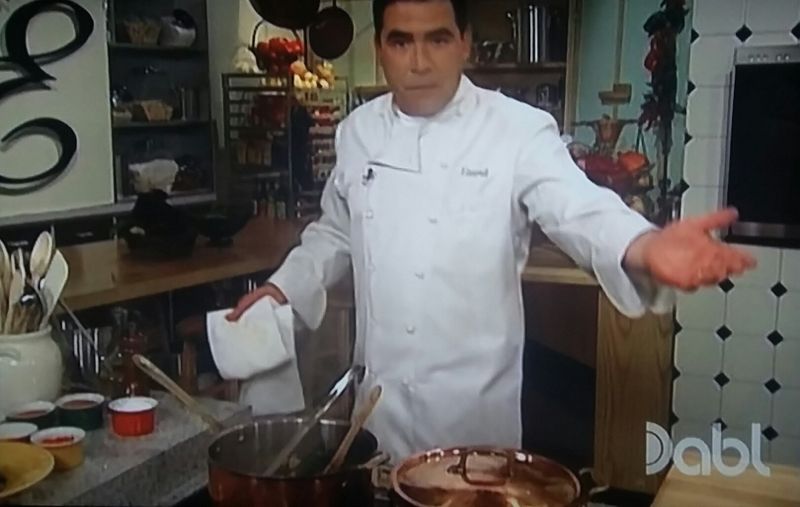
During the 1990s and early 2000s, chef Emeril Lagasse was a television celebrity and, of course, superstar chef. By the end of the decade, he was on the way out. In 2007, Emeril Live was canceled. Briefly continued on The Cooking Channel one year later, Emeril Live’s second life was finally cut in 2010. During this time as well, Essence of Emeril, was also ended after a long 18-year run. Things were not looking good for the television staple.
The GQ Interview

In a 2016 interview with GQ magazine, Emeril admitted that “When it ended, everybody felt like it was time for a little break… I didn’t necessarily think that, but that’s what everybody else thought, that maybe it was time for a break from Emeril.” The chef mentioned, “I’m old-fashioned, and I want to teach people how to cook, how to eat, how to serve, how to shop, how to drink wine, how to mix a cocktail properly.” Maybe the industry no longer had a need for the legendary chef… Thankfully, the Food Network was still very much aware of Emeril’s influence in the food and dining space.
I Just Wasn't Into It
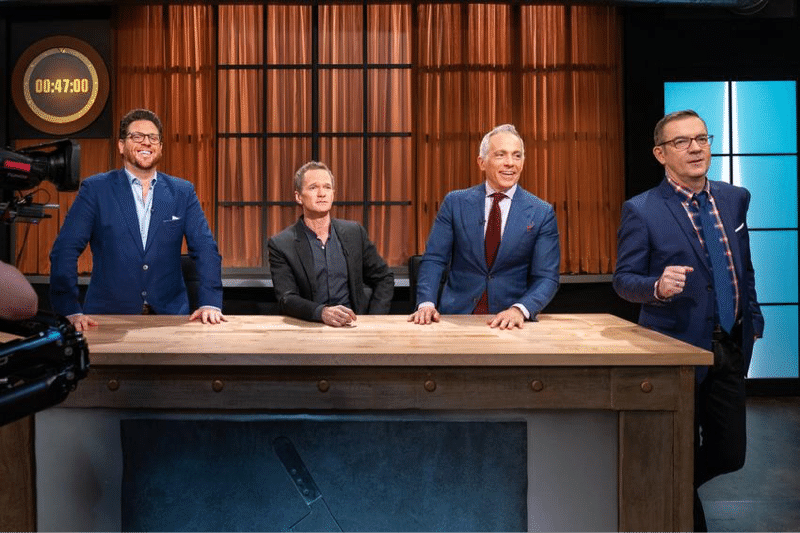
Since the mid-2000s, the Food Network was heavily looking for its foray into the blossoming reality show television format. Therefore, it wasn’t a shock to consider the chef known for his outgoing and enthusiastic attitude for a number of projects. However, Emeril wasn’t interested. He mentioned “They wanted me to create these reality shows for Food Network, and at the time I just wasn’t into it… I didn’t necessarily at the time want to get into this competition stuff.”
Cancelled...

With a large number of interested people, parties, and networks in his brand and image, Emeril felt this was the perfect time to reinvent himself. The cancellation of two of his shows and a request to consider the reality television format, Emeril was left with exciting, confusing, and unsure decisions. In essence, it was time for Emeril to change. As a shock to many, Emeril took that first huge plunge and sold his brand and restaurants to Martha Stewart Living Omnimedia in 2008. His newfound wealth was eye-opening.
Selling To Martha Stewart
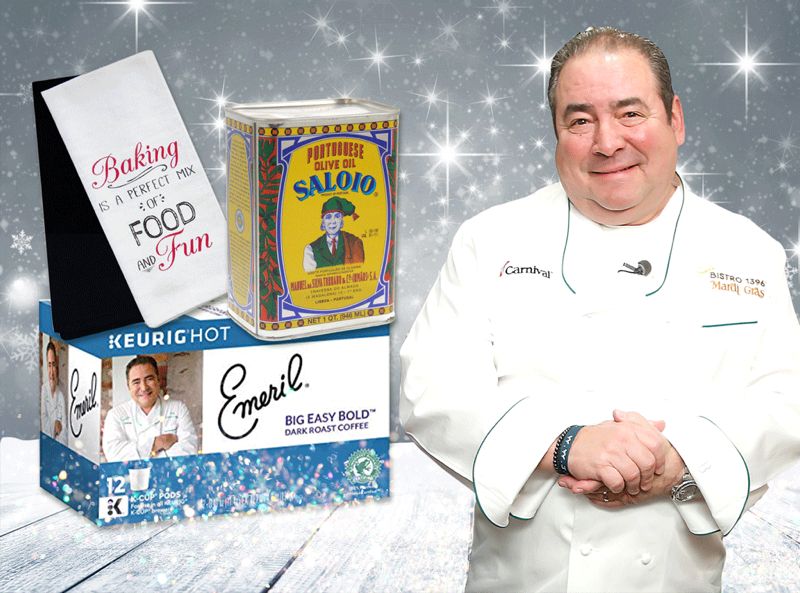
In the sale, Martha Stewart and Omnimedia were given Emeril’s backlog of dated television tapings, his nearly dozen cookbooks – full of hundreds if not thousands of delectable recipes – and his branded line of kitchen products. The sale was a goldmine for the purchasing party. Emeril, on the other hand, made out like a fiend himself. Emeril was given $45 million in cash with an extra $5 million in stock. Emeril’s hard work certainly paid off.
Emeril's Florida

One of Emeril’s next biggest projects was the 2013 premier of Emeril’s Florida. Designed to help draw attention to the state, Emeril spent five seasons uncovering the unbelievable wining and dining scenes and authentic cuisines of the Sunshine State. Whether they be locals, travelers, or tourists, Emeril’s Florida was meant to draw in all crowds, especially with the chef and restauranteur at its helm. Sadly, the show was canceled in 2017, four years after its inception.
Not As Popular (Unlike Before)
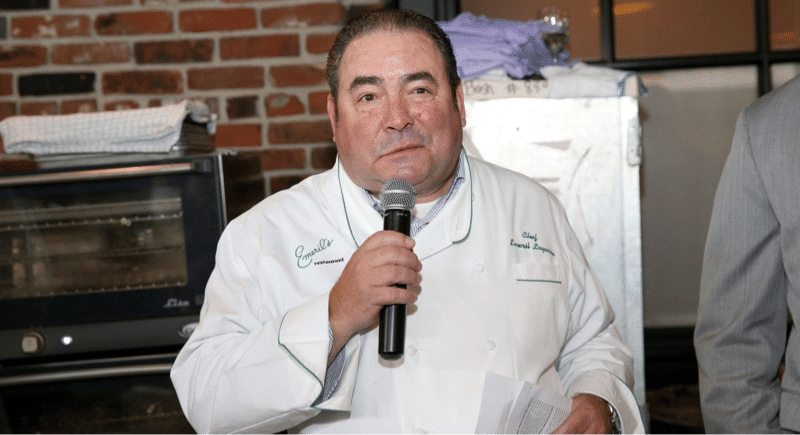
In 64 episodes of Emeril’s Florida, the chef was never able to capture the attention of viewers like his previous critically acclaimed shows. Things weren’t looking pretty. Although Emeril never received much attention from viewers across the country, he was recognized by the U.S. House of Representatives. This stemmed from the fact that funds made available from “Visit Florida,” the state’s tourism board, were given to the chef’s private business.
$4 Million
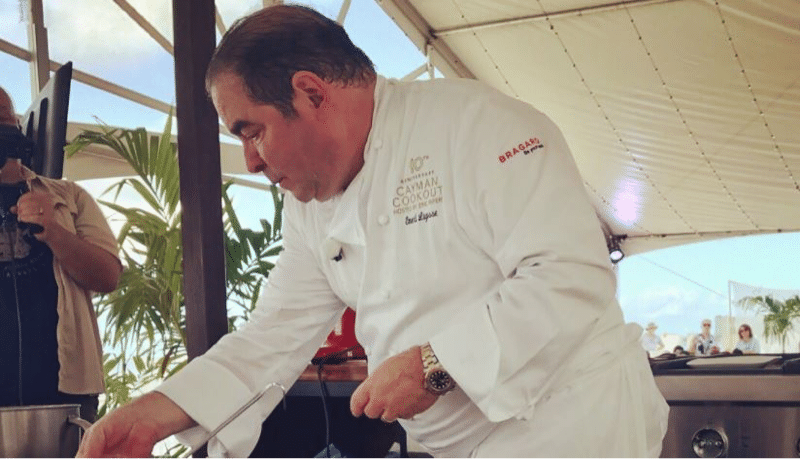
In the end, Emeril’s Florida concept received a hefty $10 million payday from The Cooking Channel, another channel owned by the parent company of the Food Network. Out of this $10 million, the chef made a respectable $4 million. Whether Floridians and the Sunshine State financially benefitted from his advertisement of the local food scene is unknown, his presence and attention to the craft was, nevertheless, extremely appreciated. Cheerlessly, Emeril walked away from the gig without much fanfare. He had received his check but was unhappy about his life’s direction.
The Death Of A Mentor

Aside from the various cancellations of his shows and the lack of satisfaction his professional life was giving him, Emeril was grieving in his personal life. In 2011, his lifelong friend and mentor, Ines De Costa, passed away at 79. Ines had taught Emeril how to cook. He had watched her as a child cook in her various restaurants, instilling the new chef with the skills and knowledge to be a successful restauranteur and master chef. “She was a magnificent woman who thought food could fix anything,” her daughter said.
Losing His Number One Fan
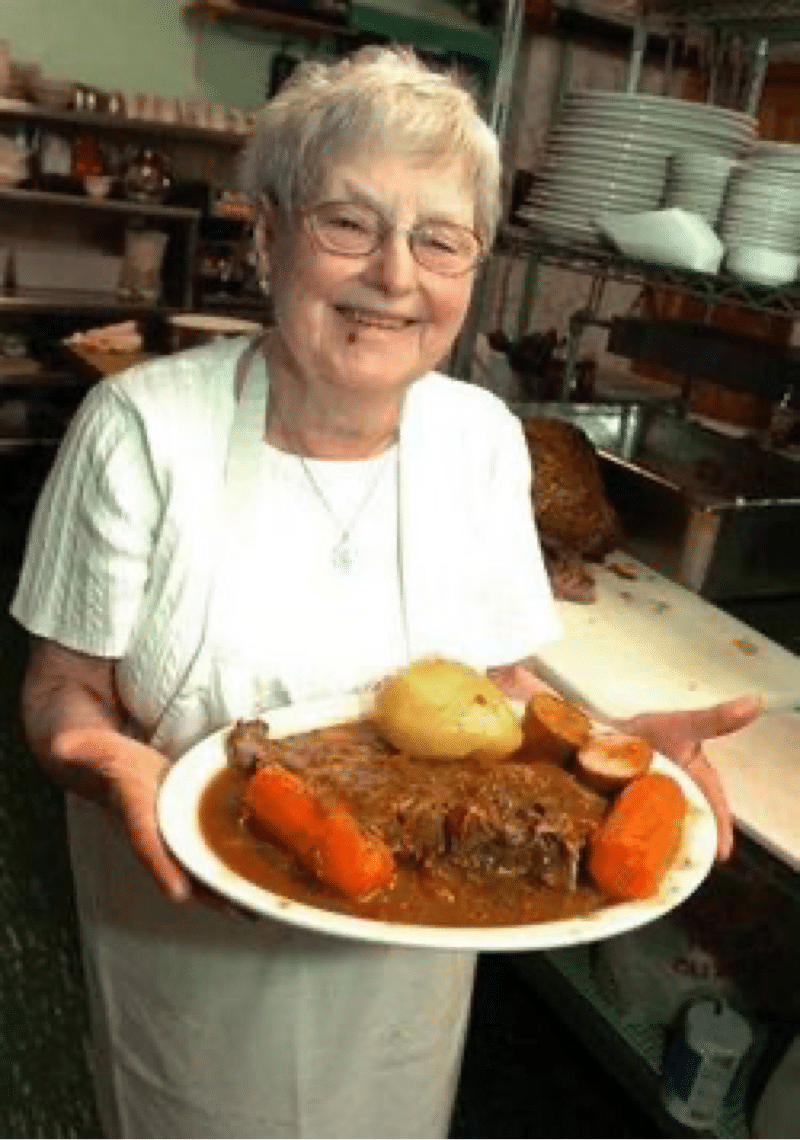
Emeril was absolutely heartbroken by this tremendous loss. He had considered Ines to be his second mother, the mother that taught him how to cook. He remarked, “The great thing about Ines was that not only was she a wonderful chef, running a restaurant and full of hospitality, but she was an incredible human being… She really had an incredible heart and soul… She loved her family. She was an exceptional person.” The loss was painful as Emeril had lost his number one fan.
Then Losing His Mother
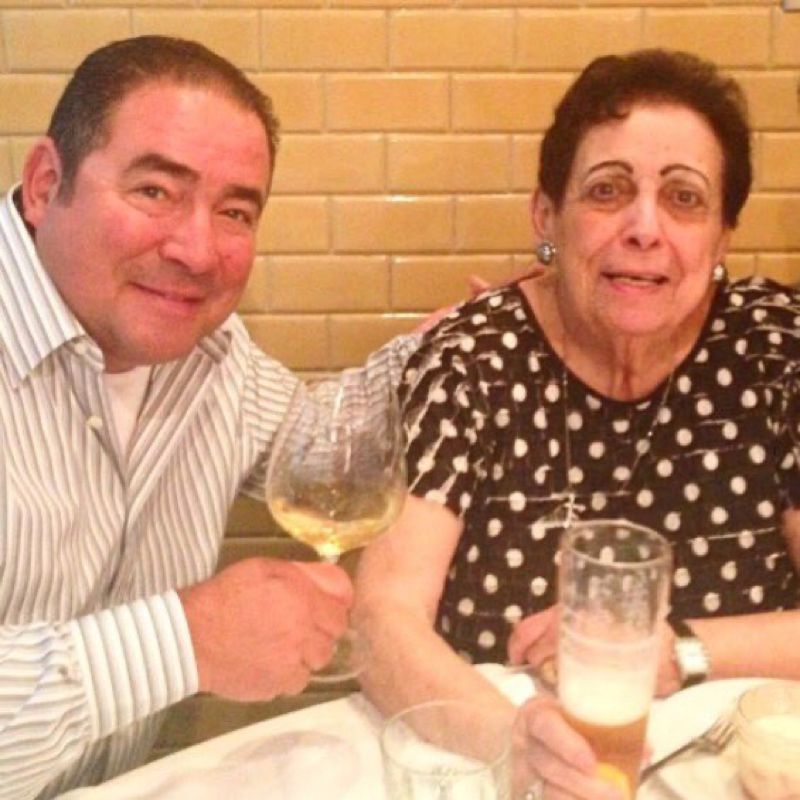
Three years later in 2016, Emeril would lose his real mother, Hilda Lagasse. Like Ines, Hilda was another strong and influential woman and mentor in Emeril’s life. A family friend on Facebook wrote of Hilda, “She will always be remembered for her great food, smiling greatious (sic) personality! She was always altruistic and I loved her food! I will miss her! Prayers for Emeril and the whole family!” Emeril’s relationship with his mother ran deep. The loss was overwhelming.
Emotionally Breaking
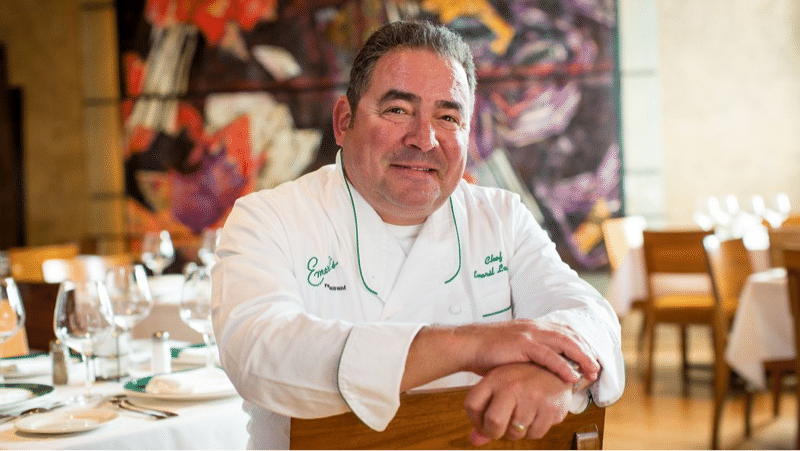
Additionally, a number of restaurants under his restaurant empire began to close and incur steep financial losses during the late 2000s recession. Emeril remarked of the time “It’s becoming a very challenging industry to become a very successful average restaurateur.” He was out of logical options that he began to emotionally break. He began to blame the government, frustrated with their inadequate responses and actions. Thinking of the time, he said “I have nowhere to go, really — other than broke.”
Losing Restaurants Left And Right
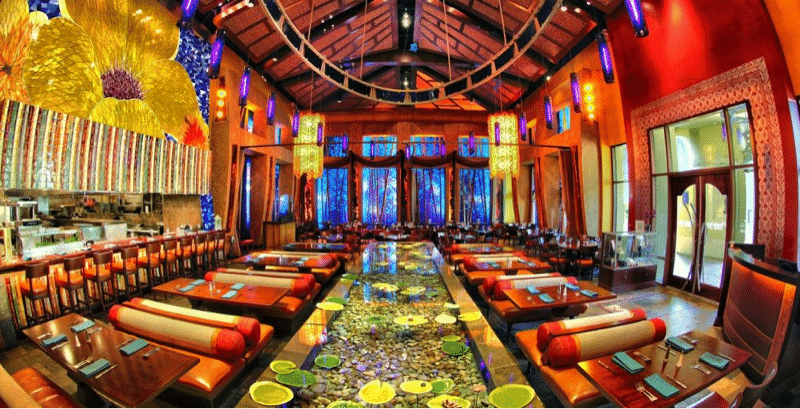
Beginning in the mid-2010s, Emeril began to take his remaining wealth and open a new restaurant in 2016. Conversely, he had to close another one of his restaurants the following year, Table 10. It was also here that Tchoup Chop in Universal Orlando was closed. Then, in 2018, Emeril’s Restaurant Orlando was permanently closed. That still left Emeril with 10 restaurants. Still, seeing such a large number of his properties and brands shut down so close to each other was weighing on the man.
NOLA
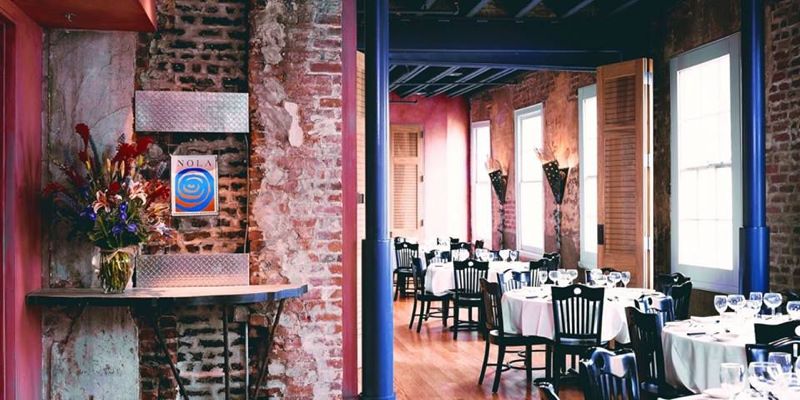
With his emotional pains and restaurant closings plaguing the chef, Emeril decided to completely revamp his oldest-running and succeeding, NOLA, in New Orleans to help start a new phase in his life. In 2017, this prized child was completely renovated in five weeks. Everything about the place was changed. New menus, new appearance, new atmosphere, and certainly an attitude upgrade. There was a monumental shift going on in the mind of Chef Emeril Lagasse.
Transforming the New Orleans Restaurant
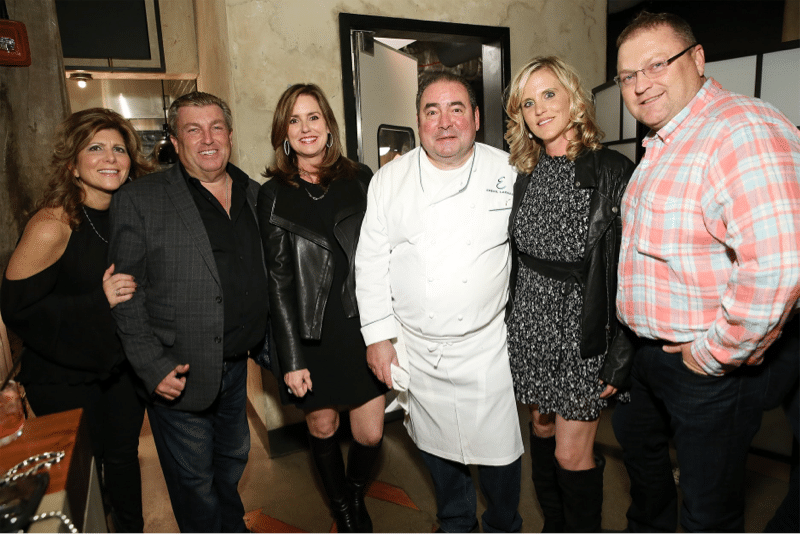
NOLA was truly receiving an all-extensive renovation. Its first floor was completely transformed. It now served as a bar area for guests, new and old. Emeril, too busy to be cooking at just one of his restaurants, hired head chef Philip Buccieri. Philip had entered one of Emeril’s New Orleans restaurants as an intern in 2011, working his way through the ranks of the kitchen. He was known for his straightforward cooking style, emphasizing fresh and locally sourced ingredients. Going forward, the menu would focus more on wood-fired pizzas and small tasting plates.
Dedication To The Industry
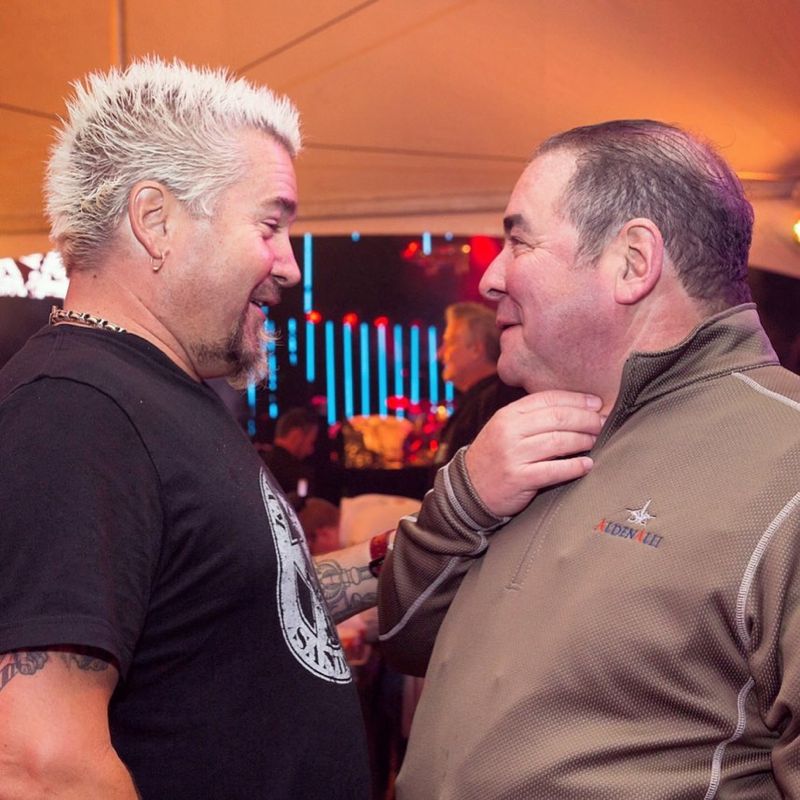
“I love people, I love being with my staff, I love learning together, I love making people happy with food, with wine, with service,” Emeril recently mentioned. The days of television stardom seem to be dwindling down for this former television superstar and celebrity chef. And that’s all by choice. It may not be the environment we’re all used to seeing this cooking heavyweight but Emeril seems to be coming into the next stage of his professional life. The chef has seemingly returned to his restauranteur empire. Unfortunately, this luck hasn’t occurred to every network food star seeking to make a change.
Guy's American Kitchen And Bar
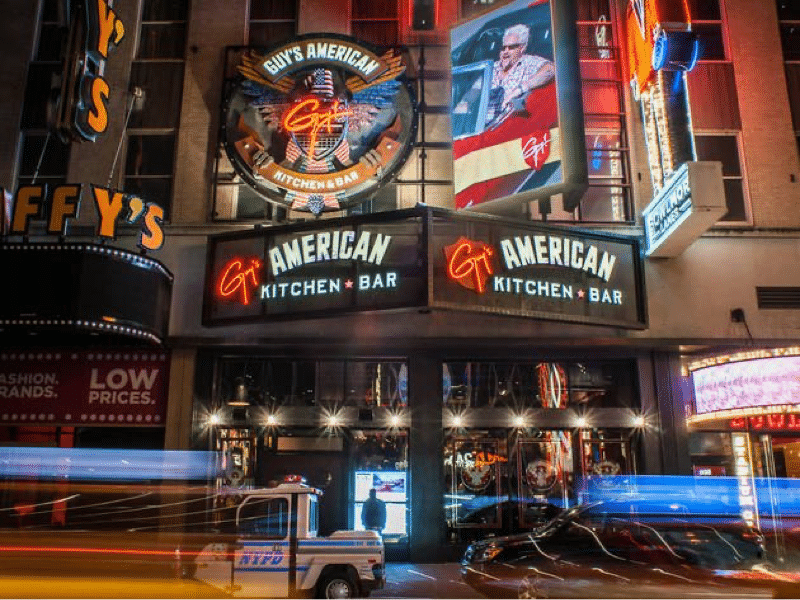
Guy Fieri, one of the most well-known food names today, hasn’t been so lucky with his own once-blossoming restaurant empire. In 2012, Guy opened up “Guy’s American Kitchen and Bar” in Times Square. The reviews flooded in instantaneously. And there were bad. The late Anthony Bourdain laughably commented that Guy “single-handedly turned the neighborhood into the Ed Hardy district,” regarding Guy’s new venture (and style). Yelpers, just one day after the opening, left the restaurant a terrible two-and-a-half star rating.
The Mayor Of Flavortown
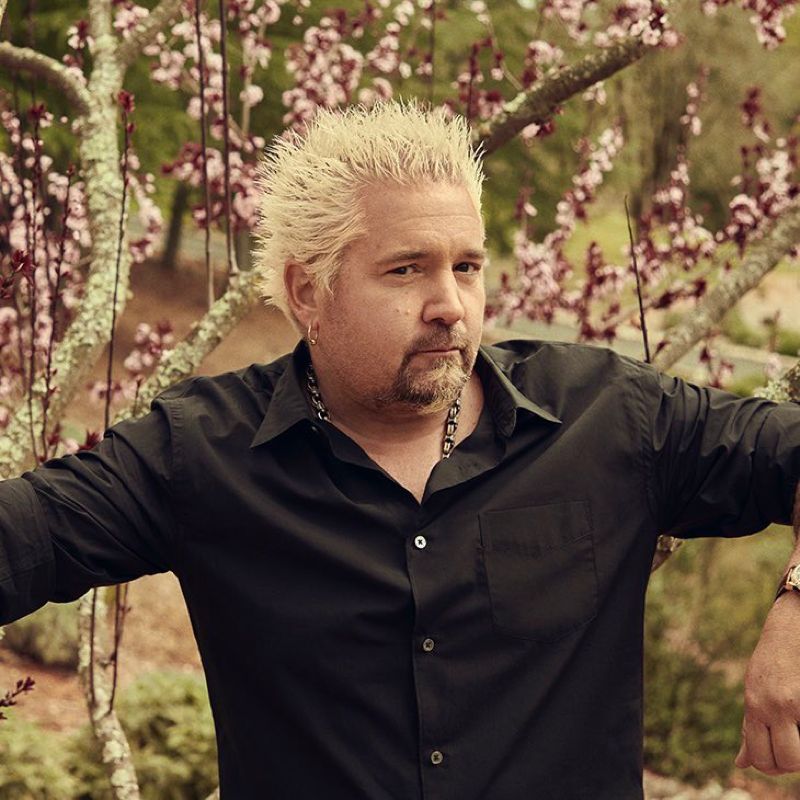
From his frosted tips to his flaming bowling shirt to his self-given moniker of “Mayor of Flavortown,” Guy Fieri has been receiving hate left and right for well over a decade. Yet many of us don’t really know the well-meaning yet boisterous man behind the eccentric ego. Despite being born Guy Ramsay Ferry, the chef and restauranteur officially adopted his new name in 1995. And surprisingly, Fieri adopted this new name out of simple sentimentalism.
Ferry To Fieri
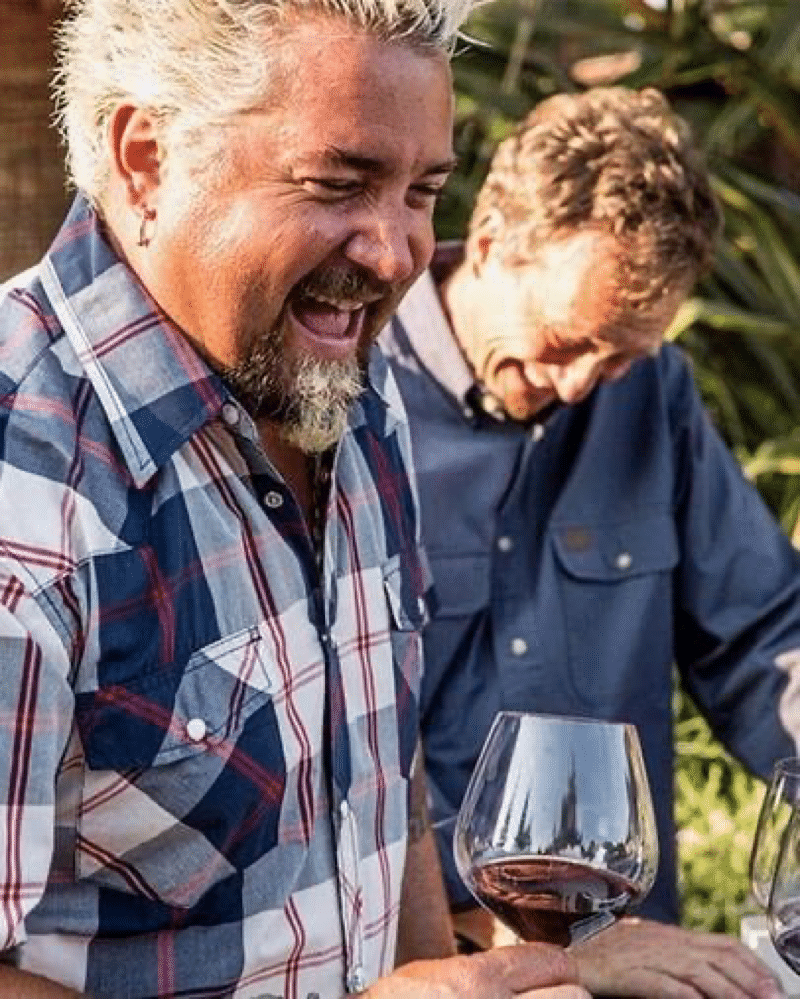
Guy, who has been instilled with a love of authentic ingredients, wanted to return to his authentic heritage. Therefore, in 1995, Guy adopted the original spelling of his last name “Fieri.” When his grandfather Giuseppe immigrated to the United States during the early 20th century, he anglicized the family’s last name “Fieri” to “Ferry.” It was typical for newly arriving immigrants to create new and phonetic spellings of their last names to better blend in with the American population.
The Family Man

For those unaware, Guy is quite the family guy. He married his wife Lori in 1995 and in the coming years, they welcomed their sons Hunter and Ryder. His own father can be one of many strong influences that inspired the once-young child to develop a love relationship with food. In fact, they two made the discovery and tasting of new and unknown foods a mere game. This was certainly an opportunity where Guy began his undying love for sushi.
An International Education Needed
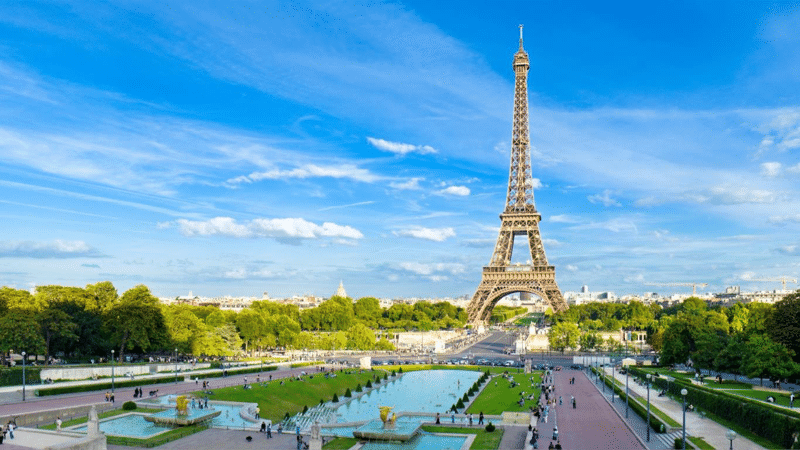
Even as a child, Guy somehow knew he was destined for a life in cooking and restaurant management and ownership. It’s possible he even knew he was destined for stardom. However, Guy was also fully aware that in order to reach the level of international culinary skill that he sought, he would have to attend the excellent culinary schools overseas that had previously trained the world’s greatest chefs. The requirements were known and Guy was willing to work.
Guy's Awesome Pretzels

When Guy officially recognized his future and the education that it would require, he practically began saving for the trip overnight. With the flair he demonstrates day-in and day-out these days, it should come as no surprise that Guy was just as entrepreneurial then as he is now. In his early teens, Guy took the opportunity to sell pretzels from his own merchant cart. The hard work must have paid off as he paid his way to Chantilly, France by age 16.
A Bachelor Of Science In Hotel Management
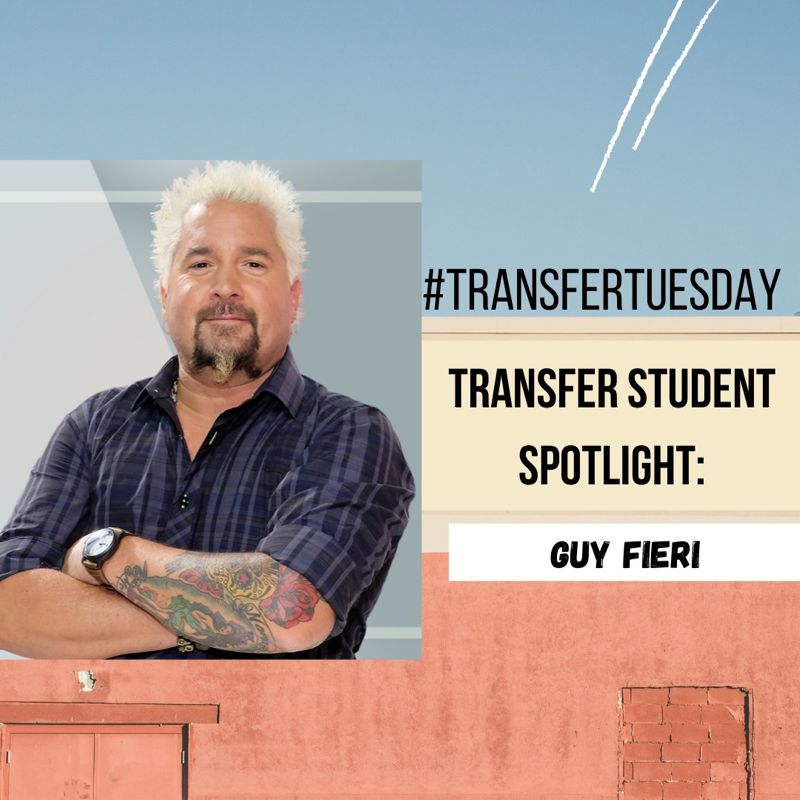
After spending several informative years in the life-changing French culinary program, Guy returned to the US. As expected, Guy came back with a profound love of French cuisine. It’s now his favorite. When he returned, he relocated to Vegas and began attending the University of Nevada, Las Vegas. He graduated in 1990 with a Bachelor of Science in Hotel Management. The man we know today, the man behind the legend, was beginning to take shape.
Starting At Parker's Lighthouse
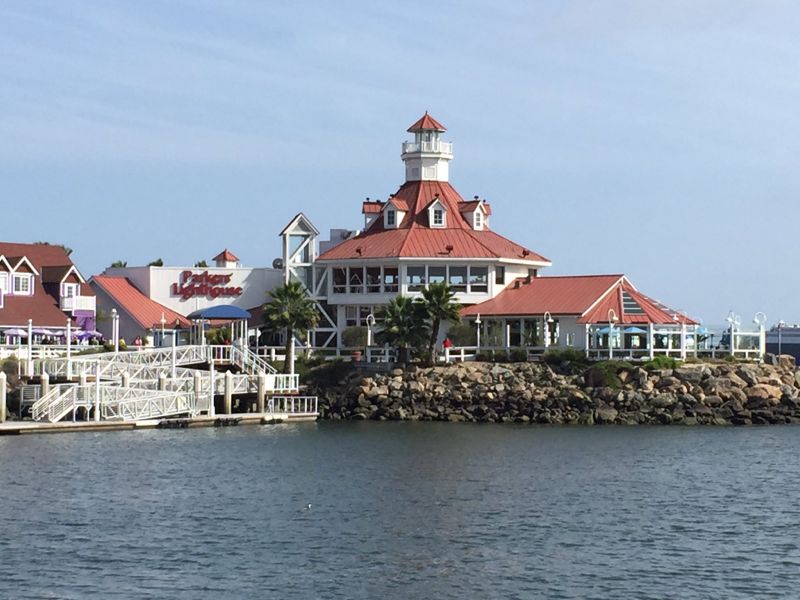
With college now behind him and the teachings of the French fresh in his mind, Guy began to work his way up to the top. His first restaurant job, post-education, took hold at a Long Beach, California restaurant called Parker’s Lighthouse, a former business of frozen food company, Stouffers. Around this same time, he also took his high-energy personality to the television camera for the first time, appearing in a commercial for Flowmaster, an auto parts company that sold mufflers.
Enter Johnny Garlic's
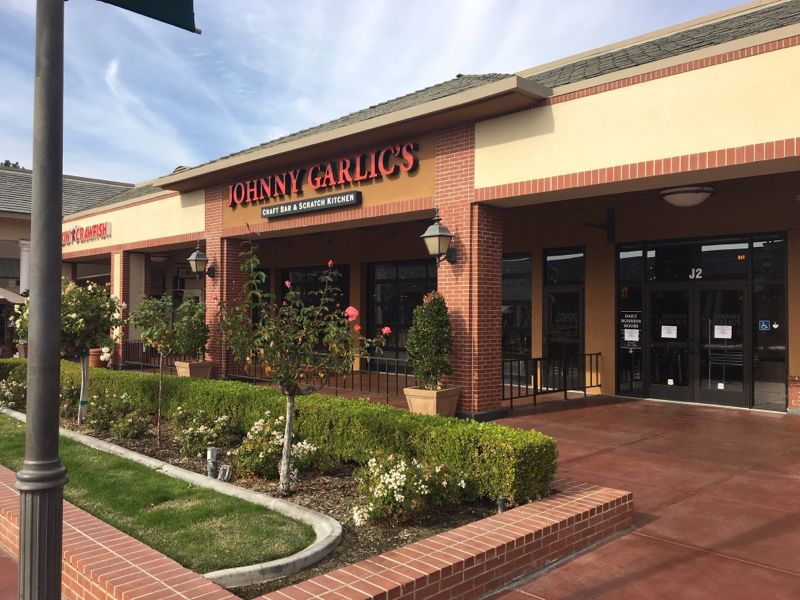
By 1996, Guy had become a district manager of six Louise’s Trattoria restaurants, a chain in Southern California. That same year, Guy and his long-term business partner, Steve Gruber, came together to open Johnny Garlic’s, a Santa Rosa, California, pasta grill. The skills and enthusiasm developed here allowed the upcoming celebrity a spot on season two of Food Network Star. The opportunity of a lifetime was knocking on the young chef and restauranteur’s door.
The Next Food Network Star
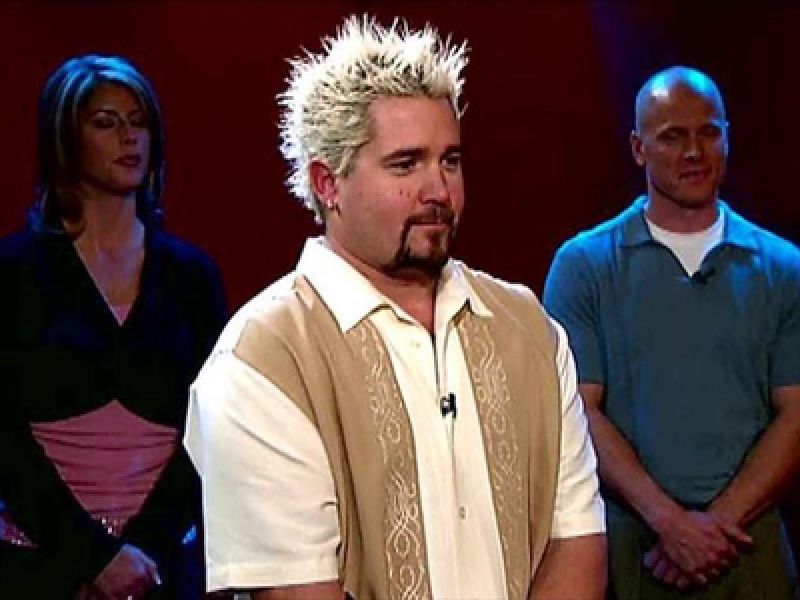
Food Network Star premiered in 2005. The food reality competition television series was judged by Food Network stars Marc Summer, Bobby Flay, Giada De Laurentiis, and Alton Brown. As expected, Guy, with his booming personality and “real-deal” cooking skills was declared the winner of the second season, announced on April 23, 2006. With the freedom to create and star in his own cooking show, he wanted to pursue a show dedicated to children’s cooking.
Turning Down The Children
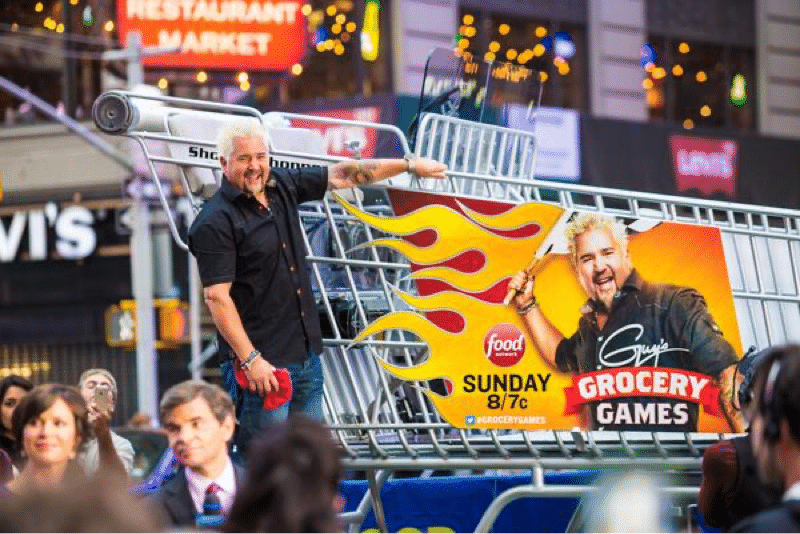
Children’s cooking had, for a long time, been a deep passion of Guy’s. It was fitting as the newest Food Network celebrity chef had been heavily influenced and mentored in the kitchen when he was a small boy. It was a passion to continue spreading the joy of cooking to the next generation of chefs and restauranteurs. Therefore, months after winning The Next Food Network Star he pitched his idea to the execs at the network. They weren’t interested.
The Joke Was On Them
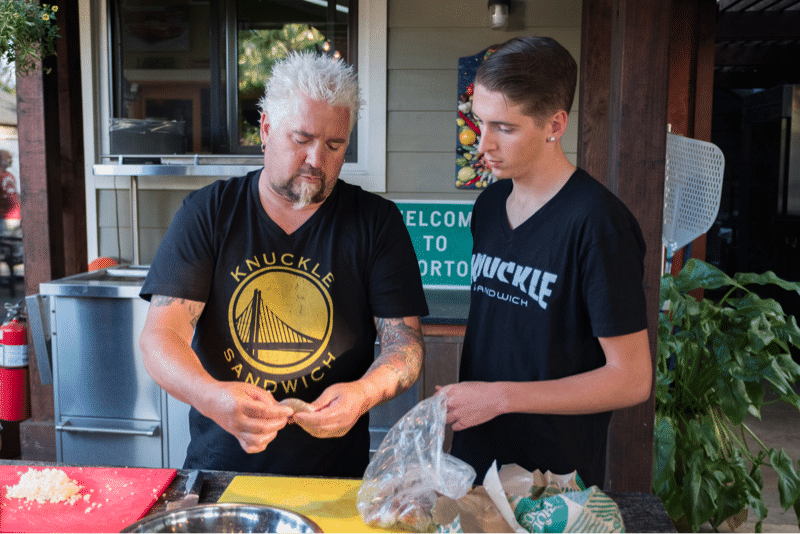
One would have thought that the Food Network would have been more receptive to the idea of a children’s cooking show. Not only would interested children be given the entertainment and education that were seeking, but the Food Network would also surely benefit in the long run when those children grew older and began watching the network on their own accord. Ironically, the concept of children’s cooking programs exploded just years later. When the opportunity allowed, Guy would include his eldest son, Hunter, in his various television shows.
Diners, Drive-Ins And Dives

No one could have predicted the incredibly successful path that Guy was beginning when he won in 2006. One year later, to the day, Guy premiered his namesake show – Diners, Drive-Ins, and Dives, in 2007. Interestingly, the show was given a special, one-episode affair in November 2006. Since then, Guy has gone on to tour all 50 states, over 33 seasons. His title, the “Mayor of Flavortown” was cemented as “Triple D” was taking hold across viewer’s screens.
No Eggs, Please
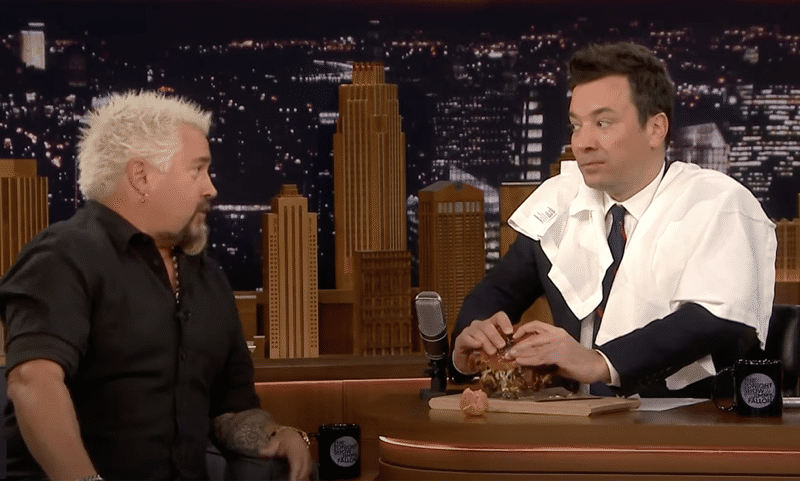
In over 800 episodes, fans and locals, alike, have come to understand that when that famous 1968 Chevrolet Camaro rolls up to a restaurant, Guy Fieri must be close by. Making his way through some of the more famous and beloved items on each restaurant’s menu, Guy is almost entirely fearless. Almost. Surprisingly, of all things, Guy hates eggs. He did “conquer” his fear when he spent an evening with Tonight Show host Jimmy Fallon, in which he swallowed an entire glass of egg yolks. Yuck.
Quick Links
